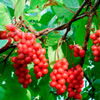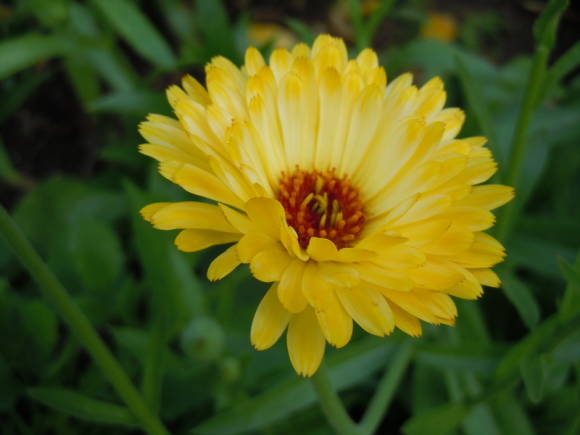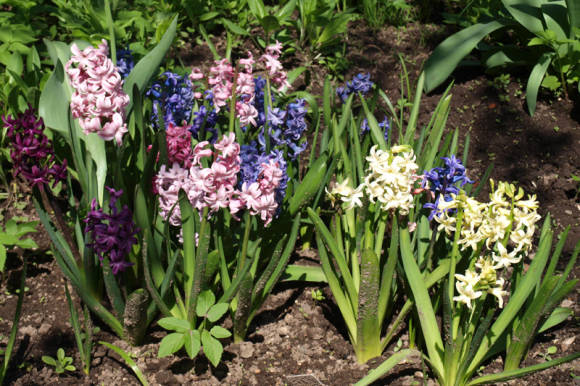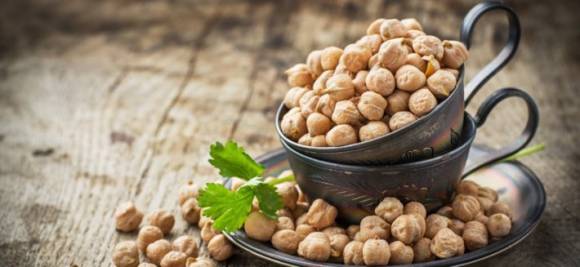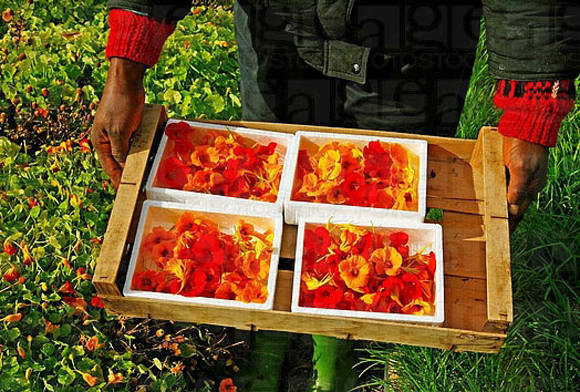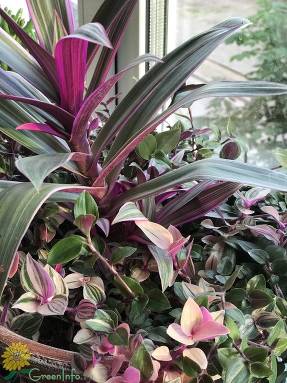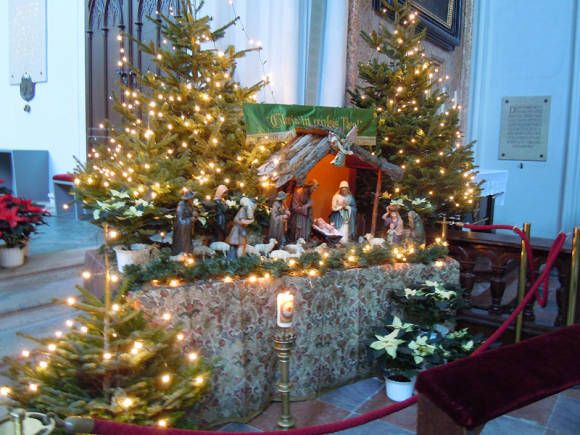Continuation of the cycle "Perennials, easy to care for", beginning in articles:
- Perennials, easy to care for
- Astilbe, small petals and heliopsis
- Yarrow - a thousand leaves and flowers
I love unpretentious plants that do not require special attention and care, but are able to decorate the garden. All this refers to the loosestrife or "weeping grass", she is "maiden beauty", she is "willow-grass". One of its names - plakun-grass - looser received for its unusual "behavior". On a dry day, large drops of clear sap fall to the ground from long narrow leaves, the plant “cries”. This is how plants growing on damp soils get rid of excess moisture.

The people also call the looser "maiden beauty": pink-purple flowers are collected in a long dense spike-shaped panicle, like a girl's braids. Traditionally, loosestriders live in swamps, flooded meadows, along the banks of water bodies. In the garden, it is not at all necessary to plant a loosestrife on the shore of a pond. For me it has been growing in a mixborder for many years. I water it several times over the summer - no more than other plants, this is quite enough.
Loosestrife (Lythrum) is a bright, festive bush, blooms from July until frost, grows on any soil, in any place, is completely unpretentious and does not get sick. It also grows in the shade, but does not bloom, blooms in partial shade, but somewhat worse than in the sun. Willow loosestrife winters well without any shelter: in dry land, and in wet soil, and in water - it does not freeze anywhere. It tolerates return frosts well. If it freezes, it grows back quickly. In spring, the loosestrife "slows down" a little, and its shoots appear later than other plants. In a sunny place, young shoots are slightly pinkish.
Derbennik is a cute Russian plant that will perfectly fit into any flower garden and will delight for many years. The bushes, depending on the variety, have a height of 80 to 150 cm.Two species grow in our gardens: willow loosestrife (Lythrumsalicaria) and loosestrife (Lythrumvirgatum).
Breeders have worked with willow loaf and developed a number of varieties. Varietal plants are lower, there are more inflorescences on one bush, and they bloom earlier. The inflorescences are colored in different shades of pink. The loosestrife bush in the garden is a permanent success. It goes well with any plants. After the end of flowering, it is better not to cut the loosestrife until frost. In autumn, the plant remains bright, and the stem, and leaves, and fruits, all parts of the plant are bright red. In the sun, tall stems look good with autumn asters and grains.

Shrubs with beautiful foliage ask for shrubs with beautiful foliage to accompany the shrubs: yellow-leaved and dark-leaved vesicles, barberries with red fruits. And how glad the bees are, busily working in flowers! Perhaps only helenium can compete with him. Another undoubted advantage of the willow-leaved loosestrife is the abundance of nectar. The honey from this plant is dark yellow in color with a tart aftertaste. I advise you to grow this plant from a fairy tale!
Loose varieties
The willow loosestrife has varieties with different shades of pink, from delicate to dark. Varieties Modern pink, Lady sackville, Robert, Blush can be planted in waterlogged areas. All plants of these varieties withstand our winter well and bloom together. Blush (Blush) - a tall bush with inflorescences of a delicate pink tone, Reduced (Swirl) - the exact opposite, very bright, large bush.
Rod-shaped loosestrife - more compact. The flowers are colored, like that of its relative, in pink tones, but the inflorescences are more rare. This species has several varieties. In our conditions, twig-shaped loosestrife and its varieties feel good. Varieties The rocket, Dropmore purple, Modern Pink, Modern Gleam - quite tall (90-100 cm), with various shades of pink, Helene and Rose queen - lower (50-70 cm).
Cultivation of loosestrife
No special maintenance required, water and fertilize. But don't overfeed. With an excess of nitrogen, the stems may lie down. Propagated by dividing the bush and cuttings at the beginning of the season. If the seeds are ripe, it can weed.

In folk medicine, a decoction of plakun-herb is used for various nervous diseases. It is added to baths, children are bathed in it with convulsions and various external bleeding. A decoction or napar of herbs is also successfully used for dysentery, diarrhea, inflammation of the intestines, it also helps with pain in the stomach. Fresh crushed leaves of plakun-grass are applied to cuts and wounds. The most famous representative of the Derbennikov family is henna.
Continuing the cycle "Perennials, easy to care for " read articles:
- Buzulniks, highlanders, burners
- Geleniums - flowers of autumn
- Physostegia and chelone
- Unpretentious ferns
Photo by the author
